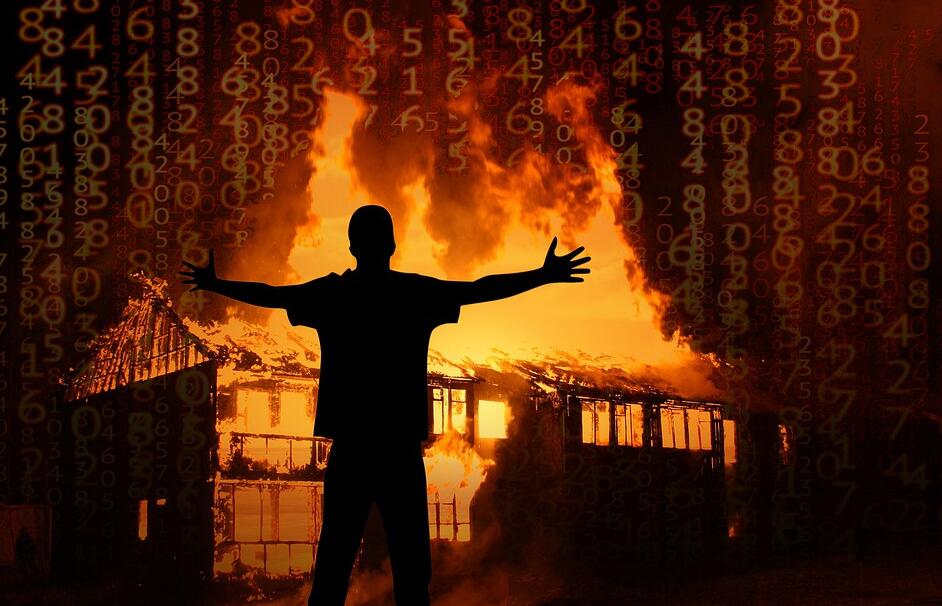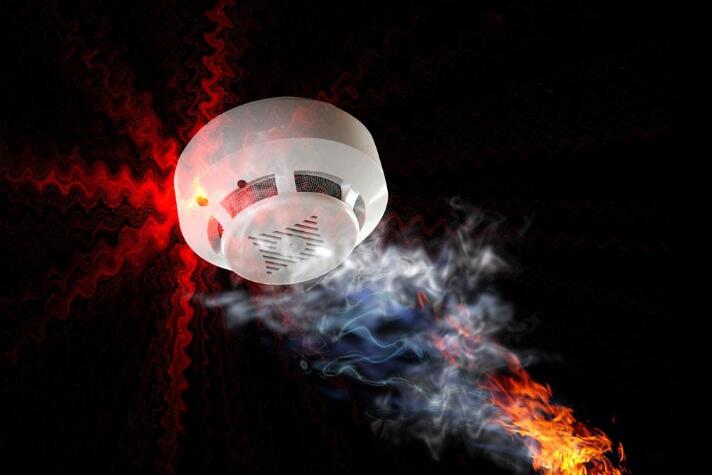
-
what is Smoke Detector
A smoke detector is a device that senses smoke, typically as an indicator of fire. Commercial smoke detectors issue a signal to a fire alarm control panel as part of a fire alarm system, while household smoke detectors, also known as smoke alarms, generally issue an audible or visual alarm from the detector itself or several detectors if there are multiple smoke detectors interlinked.
Smoke detectors are housed in plastic enclosures, typically shaped like a disk about 150 millimetres (6 in) in diameter and 25 millimetres (1 in) thick, but shape and size vary. Smoke can be detected either optically (photoelectric) or by physical process (ionization). Detectors may use one of the two, or both sensing methods. Sensitive alarms can be used to detect, and deter, people smoking in areas where smoking is banned. Smoke detectors in large commercial and industrial buildings are usually connected to a central fire alarm system. Domestic smoke detectors range from individual battery powered units to several interlinked units with battery backup. With interlinked units, if any of them detect smoke, all of the alarms will trigger even if household power has gone out.
The risk of dying in a home fire is cut in half in homes with working smoke alarms. The US National Fire Protection Association reports 0.53 deaths per 100 fires in homes with working smoke alarms compared to 1.18 deaths without (2009–2013). Some homes do not have any smoke alarms and some homes do not have any working batteries in their smoke alarms.

-
Smoke Detector Functionality
We’re gonna talk about Smoke Detector functionality. What a fire alarms is is a detector that detects carbon monoxide is very important to have inside of your home. As carbon monoxide is odorless and colorless. So you can’t smell it on. You can’t see it. It kills people in their sleep for the most part, when it does affect and a home. And it’s a very dangerous thing to happen. Uh, if your system is monitored by a security company and you do have central station monitoring, there’s a very good chance that if your carbon monoxide detector goes off, that they’re going to immediately send this batch to your house from the fire department as soon as they get that signal. And in fact, there is a law that says they are required to dispatch on those signals if it comes in. So I know that when you’re installing a carbon monoxide detector, keep your system on test when you’re putting it up. Because of that thing goes off and they get that alarm signal, you’re gonna have to.
Now, Smoke Detector that come in three different varieties, but they all will do the same thing that attacked carbon monoxide. There are three different types of sensors are biomedical metal, oxide, semiconductors and electrochemical, they all function in a slightly different way. The electrochemical sensor, they actually have sensors that have chemical painted on Top of them. And when not to tax carbon monoxide, it triggers the sensor by magnetic sensors have a gel inside of them that will change color. When that changes color, the sensor will trigger telling the the alarm system that there is carbon monoxide in area and metal oxide semiconductor sensors. They have a silicon chip that reacts to carbon monoxide that will trigger the sensor when it goes off. So as you can see all three sensors, they have a different way of activation, but they’ll all tell you if there’s a carbon monoxide present in the area.
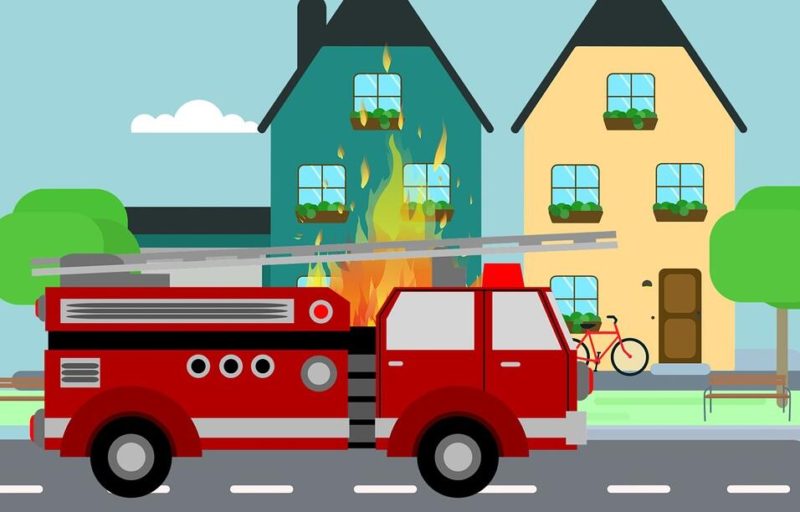
When you’re going to install your Smoke Detector, usually at the bare minimum, you want to put one on each floor. If you want to go above and beyond, putting them by all the sleeping areas is a good idea. And in the areas nearby the garage, you don’t want to put them in an area where there’s fuel burning appliances or in the garage itself, as that will probably give you a false alarm. Another place you wouldn’t want to install it is in a furnace room or anywhere else. Where there’s an appliance that’s burning fuel is that gas in the room could trigger the fire alarm. And that may just be normal operational gas that’s not leaking into the house. Really want them in your living areas. Nearby places that have that near by the garage or near by a utility room in the hallway. You definitely want it in all of their sleeping areas. if you can, but at the very least, you want one carbon monoxide dete Aspects of a carbon monoxide detector on each floor.
Other aspects of a carbon monoxide detector is that there are two different types that are hard wired and wireless. If you are using a hard wired carbon monoxide detector, it is not recommended to connect it to a hard wired to wireless translator. So you’re going to want a home and these all the way back to your panel or to an expansion module that is also wired to your panel. Depending on what kind of stuff do you have? Wireless Smoke Detector. They work as such, their wireless devices. You just have to make sure that they are compatible with your system so that you can program them into the system to make them work. One more aspect on a wired carbon monoxide detectors is that when you do set them up, you want to program them as normally open. And then you want to wire the resistor at a carbon monoxide detector in parallel. This Will supervise the whole line. And the reason you do normally open is that for the most part, fire alarms you want to set up as normally open devices. So the loop is open. When it triggers it closes, it tells the system that there’s carbon monoxide in the area and will trigger an alarm. If you have any questions about carbon monoxide detectors, how they work or how to install them, feel Free to head to our website at www.leizintl.com, or Send us an EMAIL to [email protected]
-
Does your Smoke Detector REALLY work?
We are showing you the low level carbon monoxide detectors that we highly recommend versus the first alert, and other carbon monoxide detectors that you can pick up in a big box store like lowe’s or wayfair. It’s a pretty simple task. Basically, what we do is we have a baggage. We put all the units in here and spray um, carbon monoxide, carbon monoxide into the bag. And then to see which one will go off first. And on one level they go off. Monoxide is a colorless, odorless gas that can kill you. Basically, it is a not to scare anybody, but the reality of it is there are multiple things within the house that cause carbon can cause carbon monoxide. Anything from a gas furnace, faulty furnace, water heater, fireplace, a detached garage and attached garage. Somebody leaving their car running outside, carbon monoxide can filter into the house. So it’s extremely important to have some sort of Smoke Detector within your house.
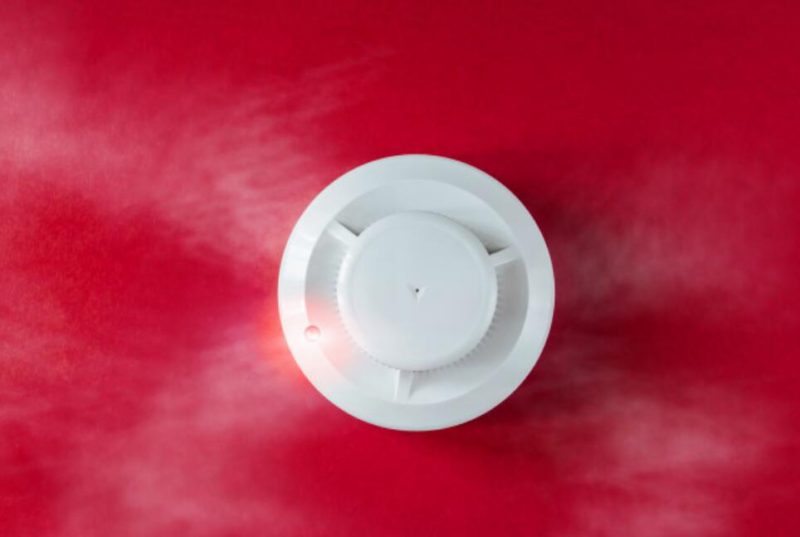
And we just recommend it to be a low level, because low level carbon dioxide for a long term can be just as detrimental as high levels of short term exposure. So with that, I would like to go ahead and do a short test just to kind of show you how quickly. And the difference is that the co detectors work. And what I’m gonna do is I’m just as simple as that. Block, maggie, and I’m going to put all three of the detectors in. This is a smoke and fire CO combination of smoke detector combination with Co.
Do I need to install co detector in my home?
This is a first alert which is smoke and fire as well as some other gases. And these are the common ones that are usually between 50 and $a hundred in the stores. This is our CO experts, which is a low level that actually will sound laughable at 30 parts per million.
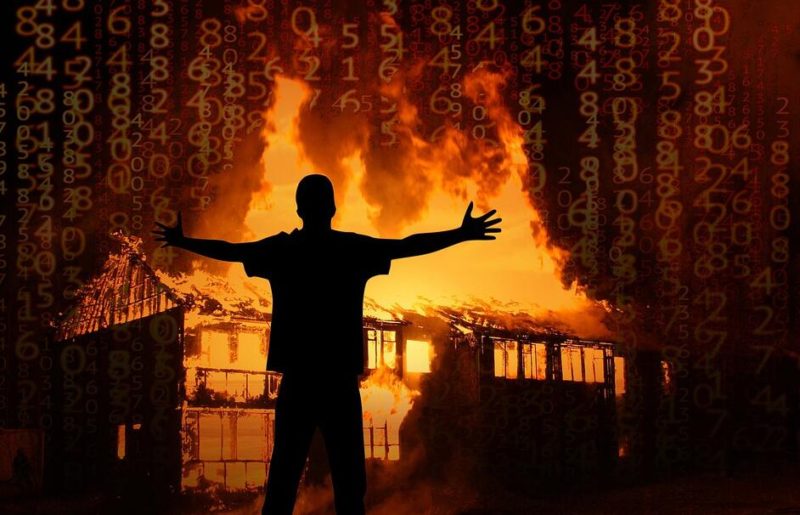
Put them all into the baggy. We’ll see what happens. Co experts has already registered and gone to a high level of CO. The first alert has not even registered any yet. I can meet that one while we wait. Oh, wait. It says that as 500 parts per million is what sort of thing upside down on. Away from the Smoke Detector to respond. The batteries are in these. Experts are still registering a high level of CO. His last alarm again, although I do have it silenced, this one is just now reading 451 parts per million. It still has not made an audible sound. And so this is part of the concern that we have uh, for our customers. We want to make sure that the low level CO is in the house as many houses as possible, because it will be earlier that you are alerted to this, the better off you’ll be.
-
Smoke Detector: what you need to know
Carbon monoxide cannot be seen. And I think there is a pervasive notion that it can be smelled. Maybe it smells like exhaust or something like that. And that’s certainly not the case. So people need to know that these are the only way to detect it. And if you or your family have an alarm and it starts to go off, it’s time to get outside, get fresh air, and call 911 from outside.
What you need to know about Smoke detector and their installation
In the home, generally, any fuel powered appliance can produce Smoke Detector, whether it’s a hot water heater, whether it’s a furnace or even a stove, it’s just a byproduct of the combustion of fossil fuels. Being a carbon monoxide alarm/fire alarm. They certainly don’t have to pick the most expensive, just go to a rapid a reputable retailer. And they should have ones that have the csa stamp on them that are approved and tested for use in Canada.
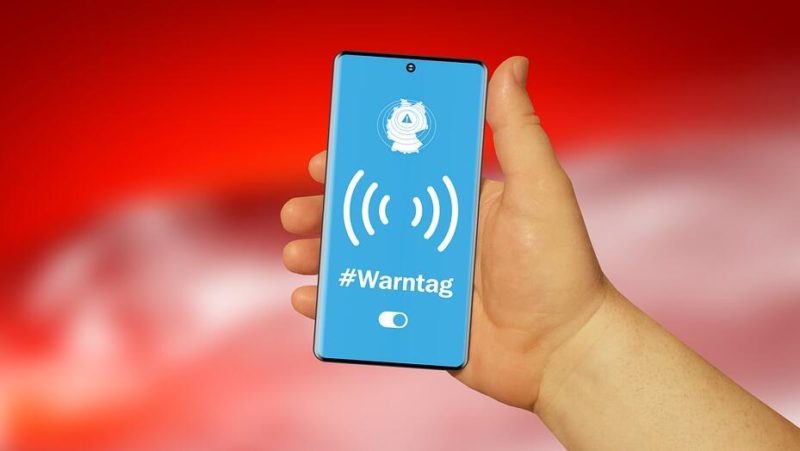
In the style of Smoke Detector is one that simply plugs into an outlet and has a battery backup in case of an electrical failure. And really all someone needs to do is make sure there’s a fresh battery in it. Only by pressing the test button. And twice a year, when we change the clocks back and check the expiry date, press the test button and change the battery.
-
Consumer Reports_ 3 CO fire alarm Pose Safety Risk
Carbon monoxide alarms, also called co alarms, are a key safety device for your home. During our recent carbon monoxide alarm tests, we found three off brand alarms purchased from Amazon and ebay that did not respond properly. Dangerous levels CO in the air, we perform two tests, one at high co concentrations and one at low concentrations to account for different scenarios that might arise in a home at the low concentration. And alarm should go off between 40 minutes and two hours and 45 minutes. Two of the alarms to go change 882 LCD and the net boat, w b h 3 eleven 0061 failed to go off at all. At the high level concentration and alarm should trigger between four and 15 minutes. This go change. Fire alarm failed to go off. The net boat did respond to the higher concentration, but it did too fast sounding.
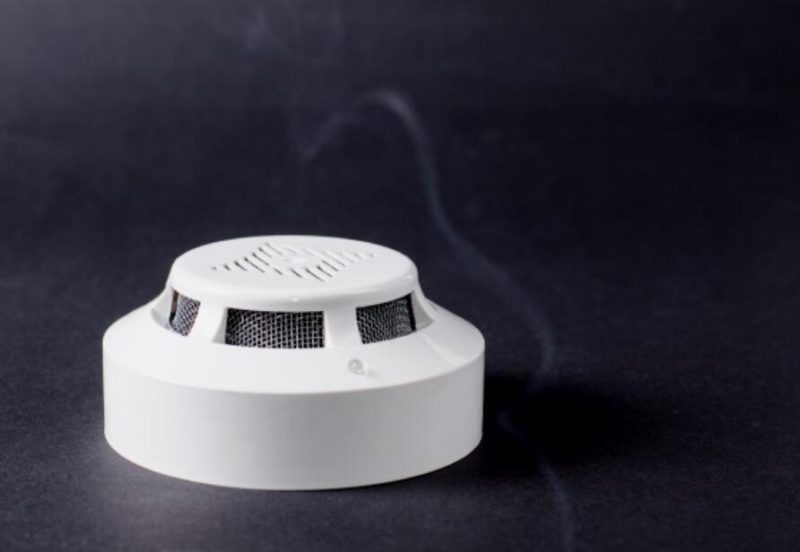
Sounding After only 30 seconds, if a fire alarm goes off too quickly, that’s considered a nuisance alarm. And it could lead the homeowner to either unplug or remove the batteries from the alarm. And that could lead to a dangerous situation. A 3rd model, the photo y j 806, failed both tests going off too fast. At both levels of co exposure. It’s important to note that none of the field alarms were marked with the ul certification. The ul certification shows that your alarm means widely accepted safety standards. If your alarm doesn’t have that certification, we recommend that you replace it. After being contacted by consumer reports. Amazon said the products were no longer available for sale. They told us they also removed several similar alarms not tested by cr. That, we pointed out, did not list the ul certification. Amazon will work with consumers who may have purchased these alarms under the terms of its return Policy.
Ebay responded that based on our report, they had removed the specific Smoke Detector listing from the seller and requested the seller contact any buyers who may have purchased these alarms. We are unaware of any injuries related to these products. If you already own one of the photo go change or net boat fire alarms, we advise that you stop using them and purchase one of our recommended CO alarms such as the Top rated first alert co 615, a stand alone alarm, or the first alert one links c 0501 c n, and interconnected alarm that sinks with multiple alarms in your home. For more Information about carbon monoxide alarms, please visit www.leizintl.com
6.Where should a carbon monoxide detector be mounted?/The Real Truth about Where to Install Smoke and C O Detectors/fire alarm
Here’s the skinny smoke detectors need to be installed in each bedroom near the entry door, either on the ceiling or on the wall. Now make sure you don’t put it right in the corner. It should be at least 12 inches away from the corner of the wall and the ceiling. We also need smokes. That’s what? It’s professionals column.
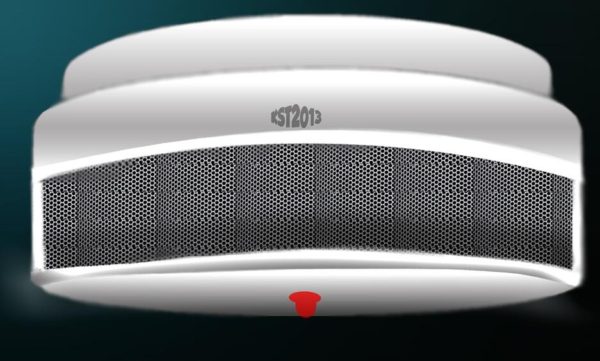
In the hallways are jammed into the bedrooms. Now, if you have a multi storey house, you need a smoke detector on each one of the living area levels. And if you have a basement, you need to have one down there too. Now for the carbon monoxide detectors, we need one Smoke Detector in the hallway area adjacent to the bedrooms. If your home has bedrooms on, let’s say, separate ends of the house, while you need to have a detector in each hallway. And if you have multiple stories, you need to have a detector on each level. And if you have a basement, you guess that you need to have one down there as well. So exactly where you’re supposed to put these fire alarms on the wall on the ceiling. What? Well, there’s been a bit of misinformation out there. I’ve heard some inspectors tell people that the carbon monoxide detectors have to be installed six feet above the floor, while others say, well, they have to be installed down low on the wall.
Look, I don’t know where they get their Information, but here’s the correct answer. Carbon monoxide is the same density as there. So the carbon monoxide detector can be installed on the wall, high or low, or on the ceiling. It doesn’t matter, because well, if it didn’t matter, they wouldn’t sell a combo Smoke Detector and co detectors that have to be installed on the ceiling or high on the wall, or carbon monoxide detectors that plug into the wall outlet down low. I mean come on a little common sense goes a long ways. Now an important thing to remember is to not install the fire alarms too close to what fuel combustion type devices like a gas furnace or water heater because you can get false signals. Also, don’t install a carbon monoxide detector in the garage or in the kitchen or the laundry room for the same reason.
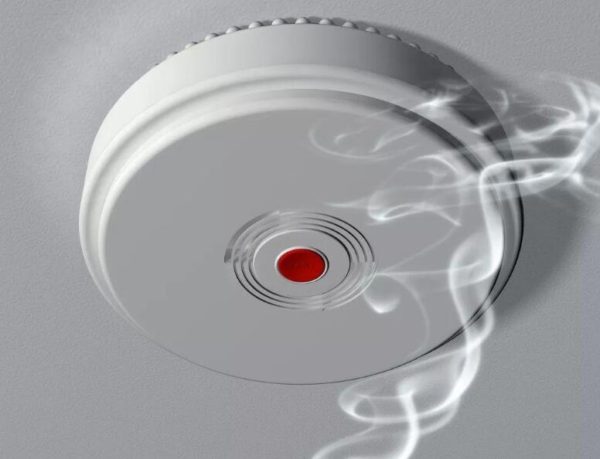
And lastly, I know I know there’s been a lot of confusion about the 10 year type smoke detectors and carbon monoxide detectors in. Understand? Well, I’m still a bit confused about what i’ve heard originally. The requirement date for the 10 year non replaceable battery type units to be installed on residential structures was july 15 of this year. But now I’m hearing that that date has been pushed back. So right now, hey, I’m really not quite sure. So here’s my recommendation to you. If you are buying smoke detectors and carbon monoxide detectors to install in your house, my tenure type that way, you don’t have to think about changing the batteries for the next 10 years. And if you currently have the replaceable battery type, well start replacing them with a 10 year type that way. Well, you’ll be up to date and you won’t have to worry about it. Well, that’s it for class today.
That CO is heavier than air. Should it be bounded lower on the wall? Well, that’s an interesting question. Uh. First of all, it’s not true because CO is not heavier than air. Um, it’s nearly as heavy as air, but it’s not heavier than air. As a matter of fact, the molecular weight of Co is 29 grams per mole. Some physics thing. I’m not gonna get into that. And air is at 29 grams per mole. So you see it’s only out by one click. And the one click is not significant. So if you mount a carbon monoxide unit on the ceiling, or you mounted on the wall, both are permitted by the household section of the code, as we saw in chapter 17. If we have a fire alarm, it has the mounted on the ceiling.
So we’re on the wall on the wall. Should it be located? Well, when we talk about smoke alarms, okay, smoke alarms can be mounted on the ceiling or they can be mounted on the wall for their listing. But there always have to be located within 12 inches of the ceiling. That’s not the case with carbon monoxide alarms, there is no limitation in an a p h 72, nor was there one in a ph 720. That said, we’re on the wall. So we now have to point back to the manufacturer’s instructions. So what did the manufacturer’s recommend? And if the manufacturers absence the instruction, you could mount a smoke alarm. CO alarm on the wall, you know, 12 inches down or two feet down. And the another interesting thing about this comparison between air and carbon monoxide and/fire alarm which one’s heavier is that the properties of carbon monoxide allow it to mix with air very, very easily. So if you have a carbon monoxide coming into oxygen space like air, it mixes with the air very, very easily. It’s much more homogenous. Then smoke. Smoke will rise, of course, but carbon monoxide will mix much more.
7.How to Install a fire alarm for Home Safety
When looking for the best spots, install a carbon monoxide detector. Consider placing at least one near your home sleeping areas do not install carbon monoxide detectors in garages, kitchens, furnace rooms, or in dusty, dirty or greasy areas.

Use a tape measure if needed to find your preferred spot for the installation. Don’t insult the Smoke Detector too high on the wall, but also make sure that it’s high enough that a child can not play with it. I level to an adult is the best location so that you can easily read the display. You know these sections included with your product probably came with the paper guide to help you mark the exact locations of your screw holes. Use this guide with some tape to get started. Drill holes through your paper, guide it into the drywall at both points indicated to help keep your mess to a minimum. Try using some extra tape below your guide as a collector for drywall dust, remove the paper guide and insert the wall anchors into the drill holes. If you hit wood or a stud in the wall, you can skip the wall anchors and tighten the screws directly into the wood.
Next, insert and tighten the screws into the wall. Anchors almost all the way. We’re just enough of the screws exposed to catch in the slots on the back of the detector. Fit the carbon monoxide detector over the screws and be sure the device is level. Remove the detector and insert the battery.
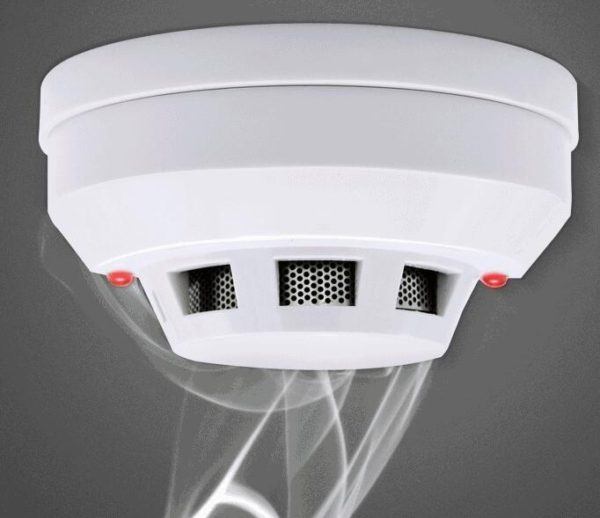
Now breathe touch the Smoke Detector and test to be sure the battery works by pressing the button on the front of the detector. You should hear a short while the device analyzes acclimated to your air. Be sure to clean up your work area and remove any remaining screws, small parts or plastic bags, since they could pose choking or suffocation hazards and put away any tools. Since they can also be dangerous to small children. Here are some additional things to keep in mind following your carbon monoxide installation. The carbon monoxide detectors should be tested once each month. Change the battery and a carbon monoxide detector every six months. I want a low battery chirp is heard. If an alarm goes off immediately exit the home and call 911.Keep Staying safe.
8.What to Do When Your fire alarm Goes Off
I’m dealing with rooftop chimney sweeps. We learn that most people don’t even realize that. A lot of times when carbon monoxide gets in your house is because of a faulty chimney or water heater or furnace. So today we wanted to teach you how to deal with a situation where your Smoke Detector going off. The first thing to know is what the alarm sounds like. It’s going to be four quick beeps followed by five second pause. And it sounds like this.

Once you’ve identified, the fire alarm is going off. The first thing to do is check all of your family members and people inside the house to make sure that they don’t have symptoms. Symptoms of carbon dioxide are nausea, dizziness, vomiting, headaches, and extreme fatigue. If anyone is showing symptoms, call 911 right away. Once you’ve found that everybody is not symptomatic and seems to be safe. If you’re going to want to reset your Smoke Detector, open the windows in your house. Let’s get some fresh air in here and turn off your gas appliances at that point. If your alarm goes off again, it’s time to call the fire department. But if you’re able to stop the alarm from going off, now it’s time to call you a certified chimney professional and your h fat contractor to make sure that all of your gas appliances are working properly and that they’re getting vented out of that house through the chimney the right way.
9.Changing Batteries in CO/Smoke Detectors
Today we’re gonna talk about the importance of making sure you have good batteries in your smoke detectors and carbon monoxide detectors. The risk of dying in a home fire is cut in half when you have working smoke detector batteries. And carbon monoxide is a colorless, odorless gas that you may not know is there unless you have working batteries in your carbon monoxide detectors. Now we’re going to go through the steps of changing your smoke detector batteries. Just reach up, turn the detector counter clockwise to release it from the ceiling. If it’s hard wired, you may need to disconnect a little wire here. There will be a plate here. Sometimes you have to just open that up. And then you can take out the old batteries. In this case, they’re double a batteries. A lot of times there will be nine volts of either way. The steps are the same. Put the new ones in making sure that they are facing the correct direction.
How to change smoke detector battery?
It may alarm like that. Just to let you know that it’s got power. Then you would simply replace this case here. If it’s their efforts, hard wired and go back up. You re connect that wire, push it up to the ceiling, and twist counterclockwise until it’s secure. To test your smoke detector batteries, simply reach up, press and hold the button. It will cycle through its alarm and then it will shut off.
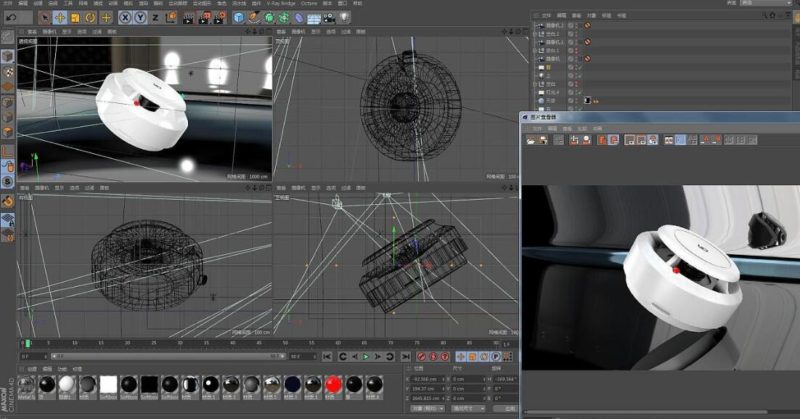
It’s important to check your smoke detectors and carbon monoxide detectors at least once a month and change the batteries twice a year. A good way to remember to change the batteries is daylight savings time. When you change your clocks, change your batteries, you should have a carbon monoxide detector on every level of your house. In this case, we’re in the basement. We’ll go ahead and test it by pushing the button. It’s working. And then to change the batteries, you just unplug it from the wall. And it’s the same process as with the smoke detectors, where you just take out the old batteries, put in the new. Now some carbon monoxide detectors are going to have an LED screen here that may read a number. If there is actually a carbon monoxide, or it’ll read low. If that’s the case, it doesn’t mean you have low carbon monoxide in your house. That means your batteries are low and you should change them out. Hard. Wired smoke detectors are linked throughout the house and get power from the house how they work. If one fire alarm in an upstairs bedroom per se is detecting smoke, all of them throughout the house will go out. Now with independent smoke detectors, they are not hard wired, so they’re relying solely on the battery for all their power. So these ones, you still need to test them monthly as with the hard wired ones. And you’ll need to change them at least every six months. Now, if you have the same player in an upstairs bedroom, that one may go off. But the ones in the basement, we’ll be going off unless they’re detecting smoke. So someone in the basement might not be alerted. Remember, smoke detectors have a normal life span of 10 years. Even if you perform regular maintenance and the detector is still working, it’s still recommended that you replace them according to the manufacturer’s instructions.
